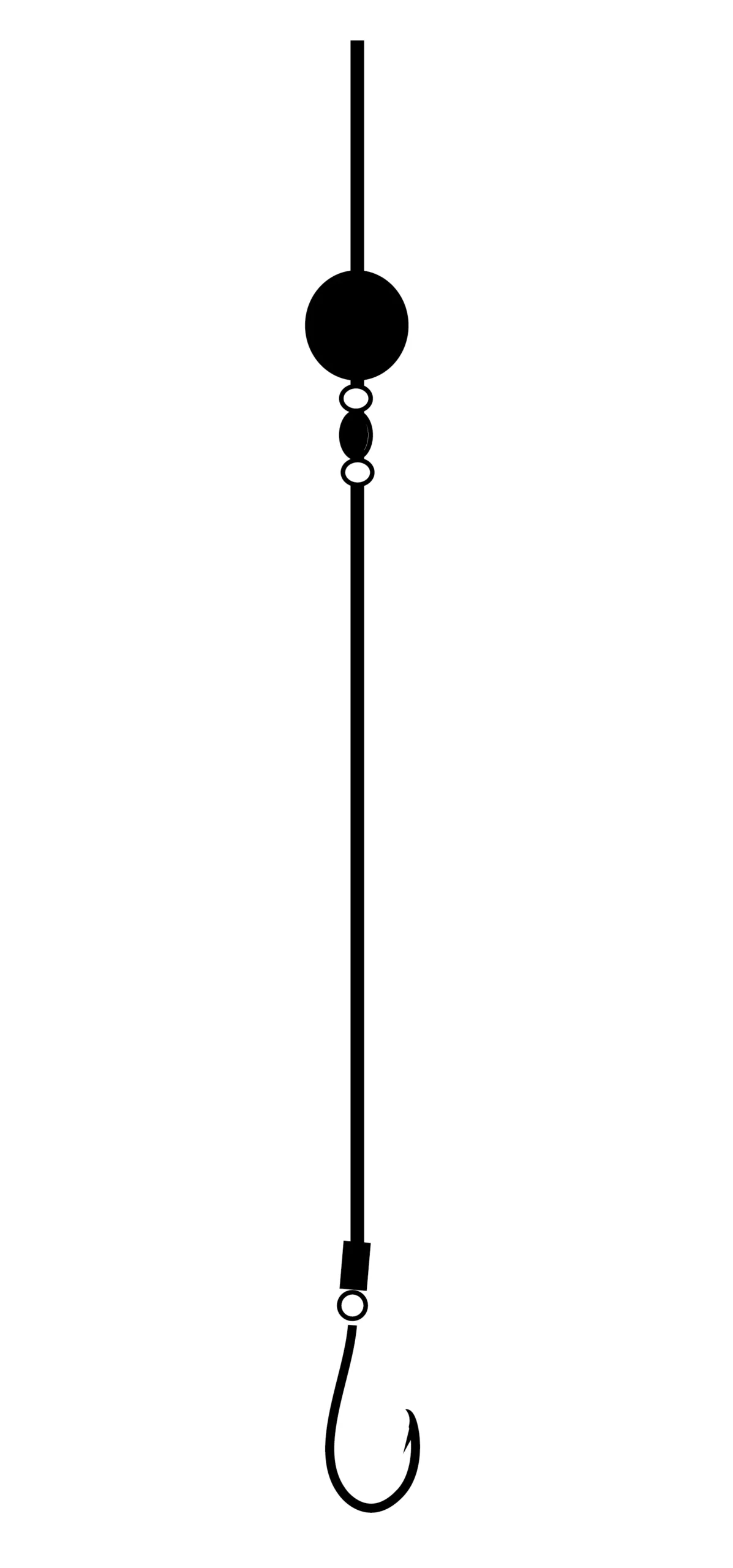Tailor are an iconic pelagic fish caught across Australia’s southern coast.
This is an international fish, called shad in South Africa and bluefish elsewhere.
In Australia they are most often fished on the east and west coasts, but a smattering of fish are caught off South Australia and Tasmania.
Tailor (Pomatomus saltatrix) are a great sportfish, often occuring in big numbers in readily accessible fishing spots.
They grow large, reaching about 120cm and 14kg, although much smaller fish are far more common.
Tailor can be caught off surf beaches, around sheltered bays, off headlands, in tidal lakes and estuaries, and in rivers.
They are often caught around jetties where bait schools loiter, and they like areas of wave action and foamy wash.
Tailor are voracious feeders, taking bluebait, whitebait, hardiheads, pilchards, gar, prawns, squid and almost anything other bait you can throw at them.
They readily take lures.
Their downside is that the flesh does not freeze well, which is a shame because multiple fish can be caught when they are on.
Bleed tailor and they taste great when cooked fresh, or smoked.
Smaller tailor gather in estuaries, bays, harbours and tidal lakes and this is where most trailerboat anglers chase them.
They can be active feeders and seabirds and surface activity may give away their presence.
They become aggressive when feeding and have even been known to attack people.
Effective ways to catch tailor from a boat are to troll chrome lures or small minnows, or drift out unweighted baits, or baits under floats.
Berley can bring the fish to the boat.
Perhaps the most enjoyable way to catch tailor is surf fishing.
Fish the surf in the afternoon around high tide. Night fishing also works.
Look for gutters and deeper sections near the beach, and also areas of wash. The fish will come on and off the bite as schools move through.
Chrome metal lures work well in the surf, being easy to cast long distances, and they resist the tailor teeth.
The fish will also rise to high-speed surface lures.
For bait fishing the surf, ganged hooks baited with gar or pilchard work well, but other small whole fish or their fillets make fine baits, including sari, pike, slimy mackerel, yakkas and tommy ruffs.
Tailor have sharp teeth, if using a single hook or a lure you will need a wire trace.
Different locations around Australia tend to fish better for tailor at different times of the year, though they will show in some places all year.
For example, off the northern New South Wales coast the best fishing is usually from March to May, but the fish are caught all year.
Famous tailor locations include Kalbarri (WA), Fraser Island (Qld), Ninety Mile Beach (Victoria), and the many surf beaches south of the Tweed River (NSW). Perth’s metro beaches and rock groynes produce plenty of big tailor, as do the coastal reefs.
Australian salmon dominate the surf in Australia’s most southerly surf beaches, but tailor have been caught in southern Tasmania, including in the Huon River just above Huonville, in brackish water.
Lastly, small tailor are dubbed “choppers”, while the big fish are “greenbacks”.
Fishing gear for tailor
Large Alvey sidecast reels were traditionally used for tailor and Australian salmon surf fishing because sand didn’t hurt them. There isn’t much that can go wrong with these reels, but they somehow fell out of favour. A secondhand one can be a good buy if you can find one, but be sure the lip of the spool is not chipped or rough as this will damage the line. See eBay Alvey listings here.
Note that sidecast reels work best with a rod that has the reel mount at the bottom (butt) of the rod. These rods are often a single piece and up to 4.6m or so long, making them somewhat of a specialist item.
Otherwise, a 10kg spin combo incorporating a long rod makes a good all-round outfit for most surf fishing. See listings here.
For estuary fishing from a boat, a 6kg spin combo is ideal.
Metal slice lures are ideal for catching tailor and salmon in the surf, and will also take herring (tommy ruffs), trevally, bream, kingfish and flathead. There are many types but the simple chrome styles are as good as any. See eBay listing here.
Ganged hooks in 6/0 size are perfect for chucking pilchard or garfish baits. See eBay listing here.
Star sinkers are generally used on a paternoster rig for surf and boat fishing, see listings for star sinkers here.
Back to the NSW/ACT Fishing Map
Back to the NT Fishing Map
Back to the Queensland Fishing Map
Back to the SA Fishing Map
Back to the Tasmanian Fishing Map
Back to the Victorian Fishing Map
Back to the WA Fishing Map
Email corrections, additions, pictures or video here.

